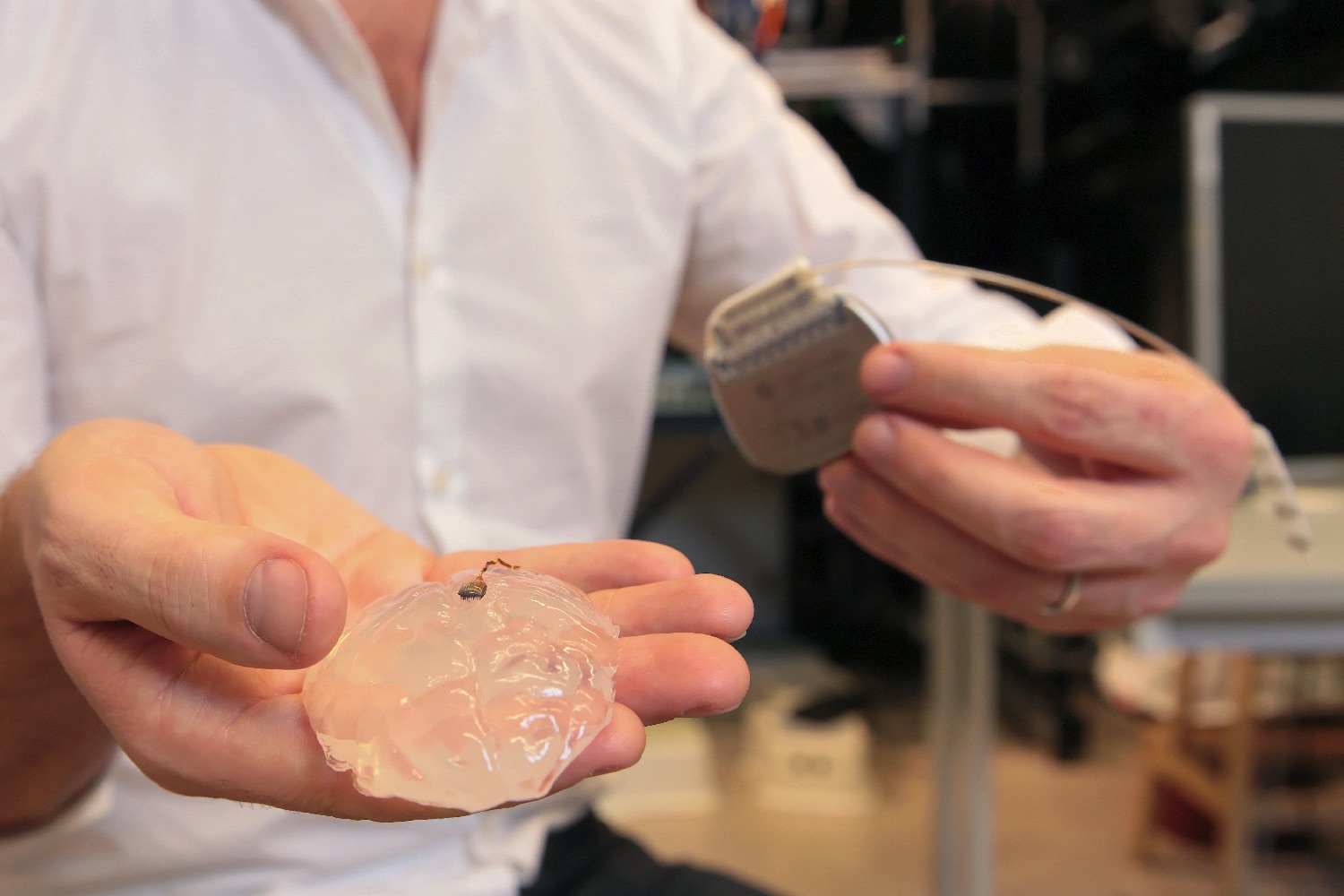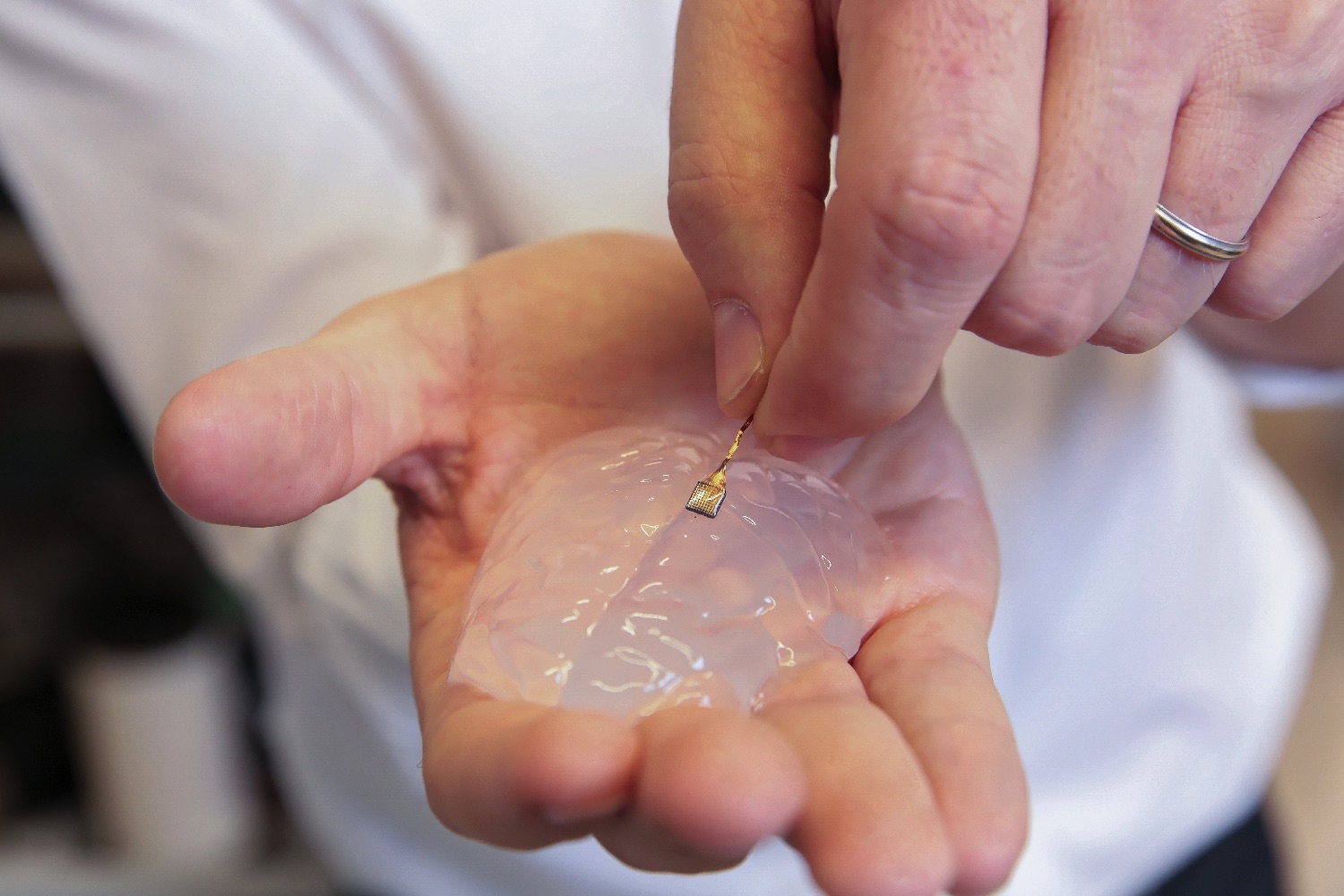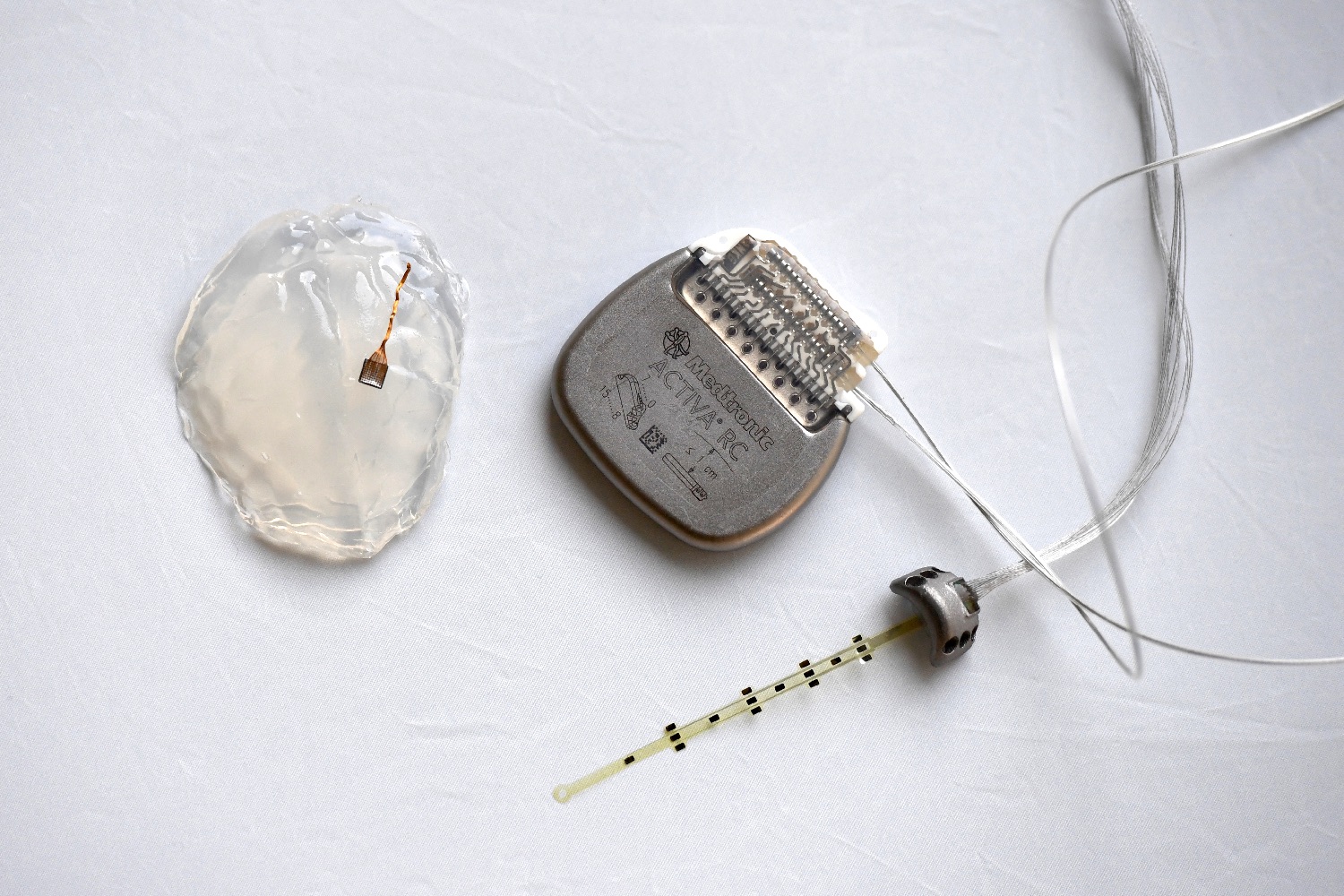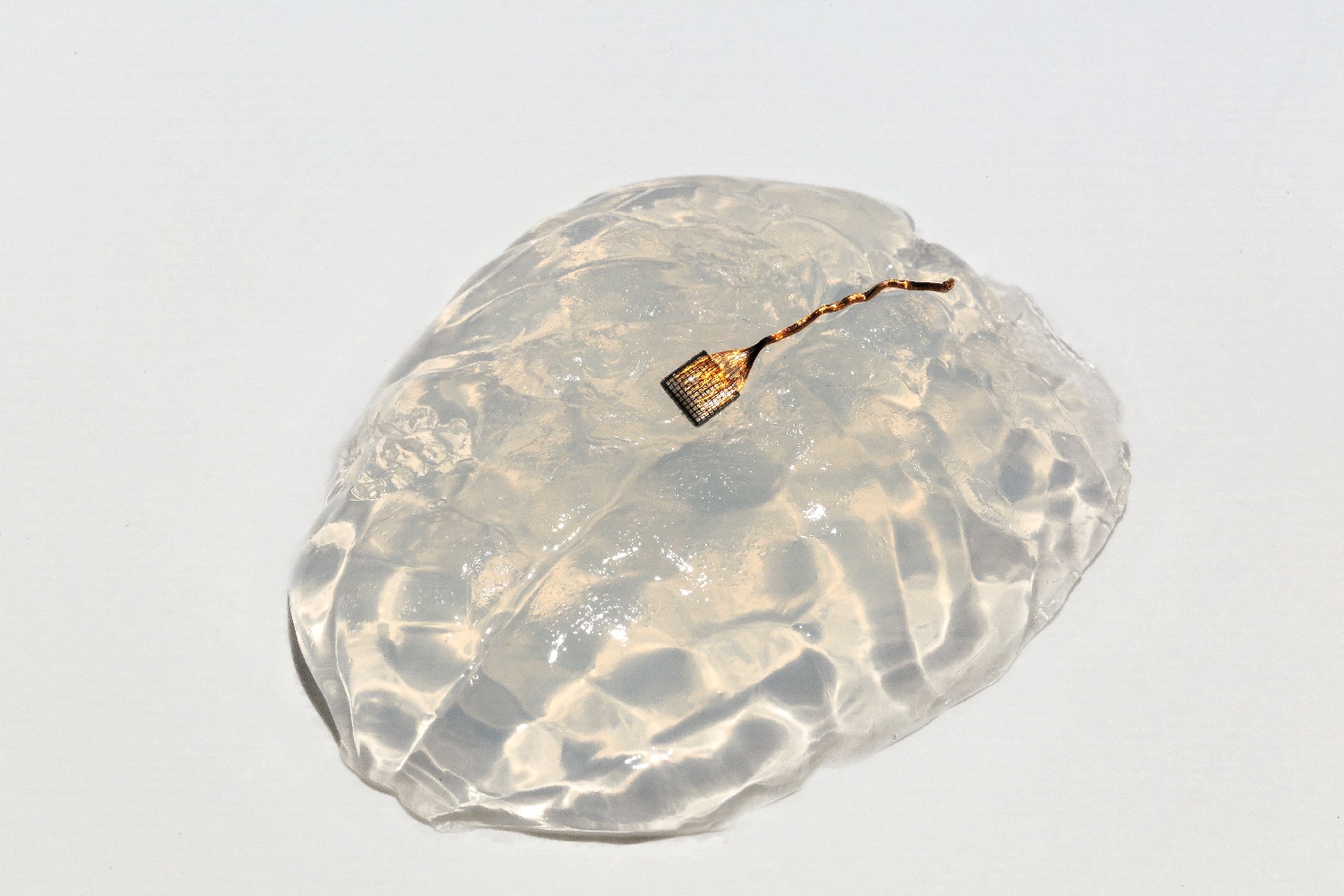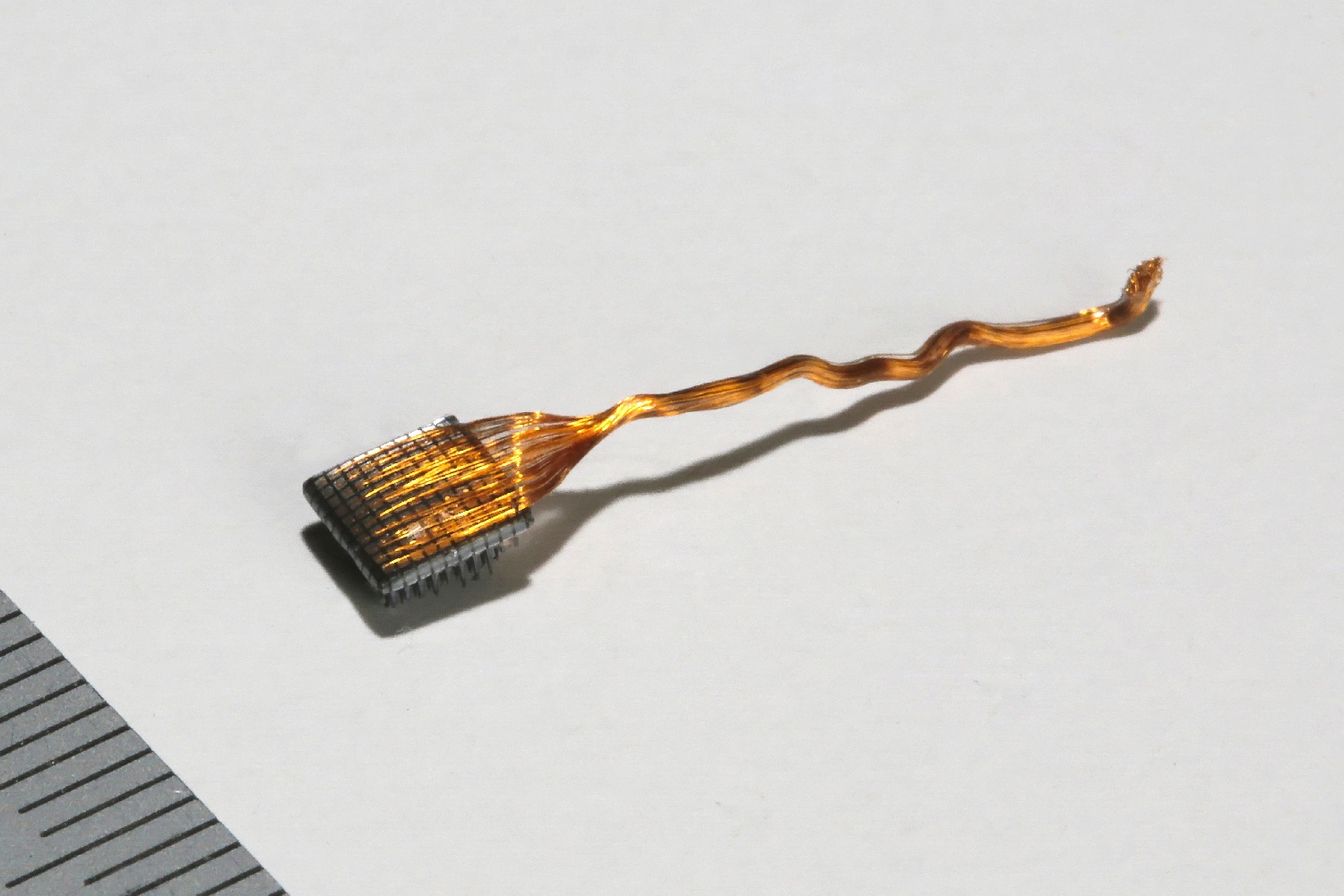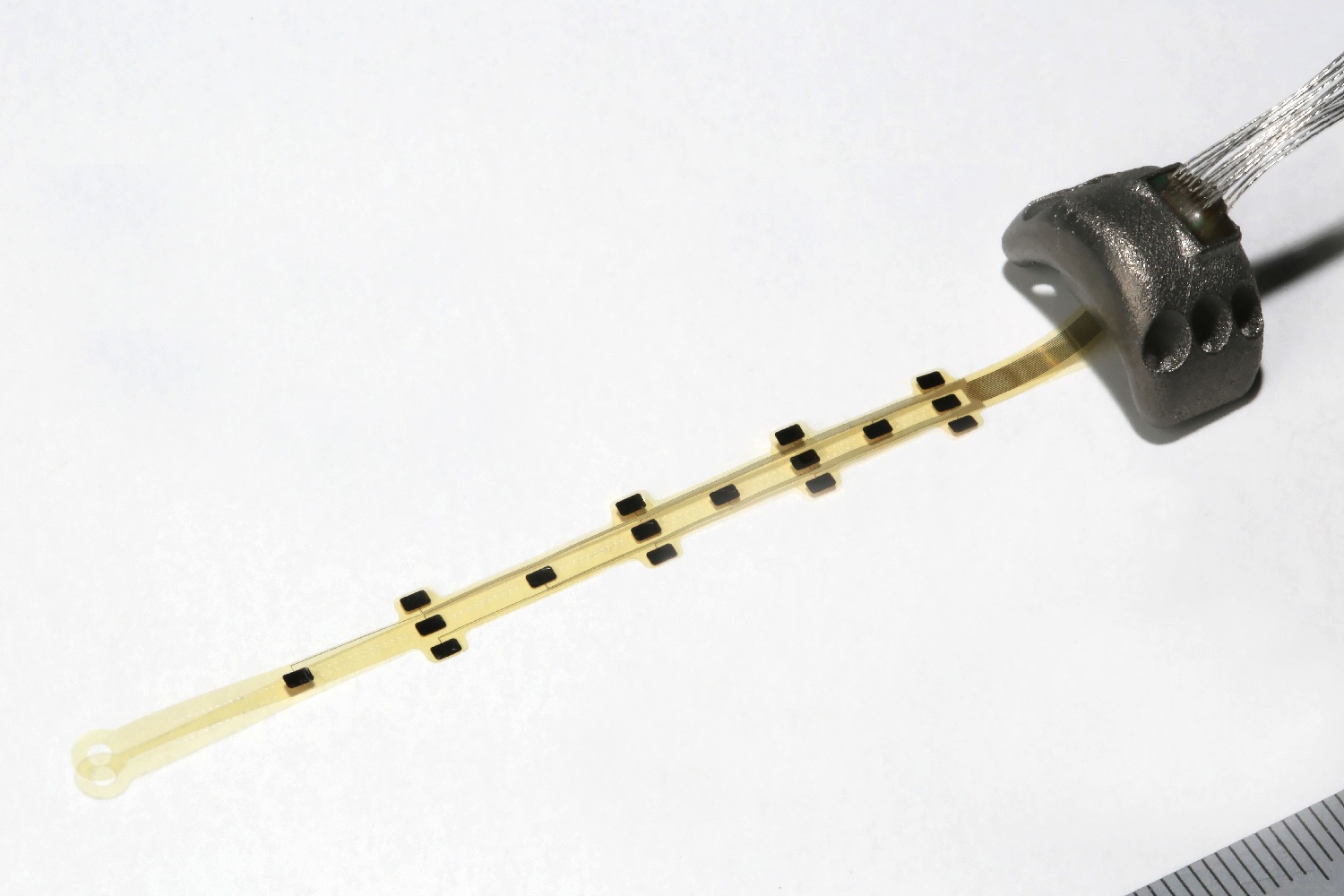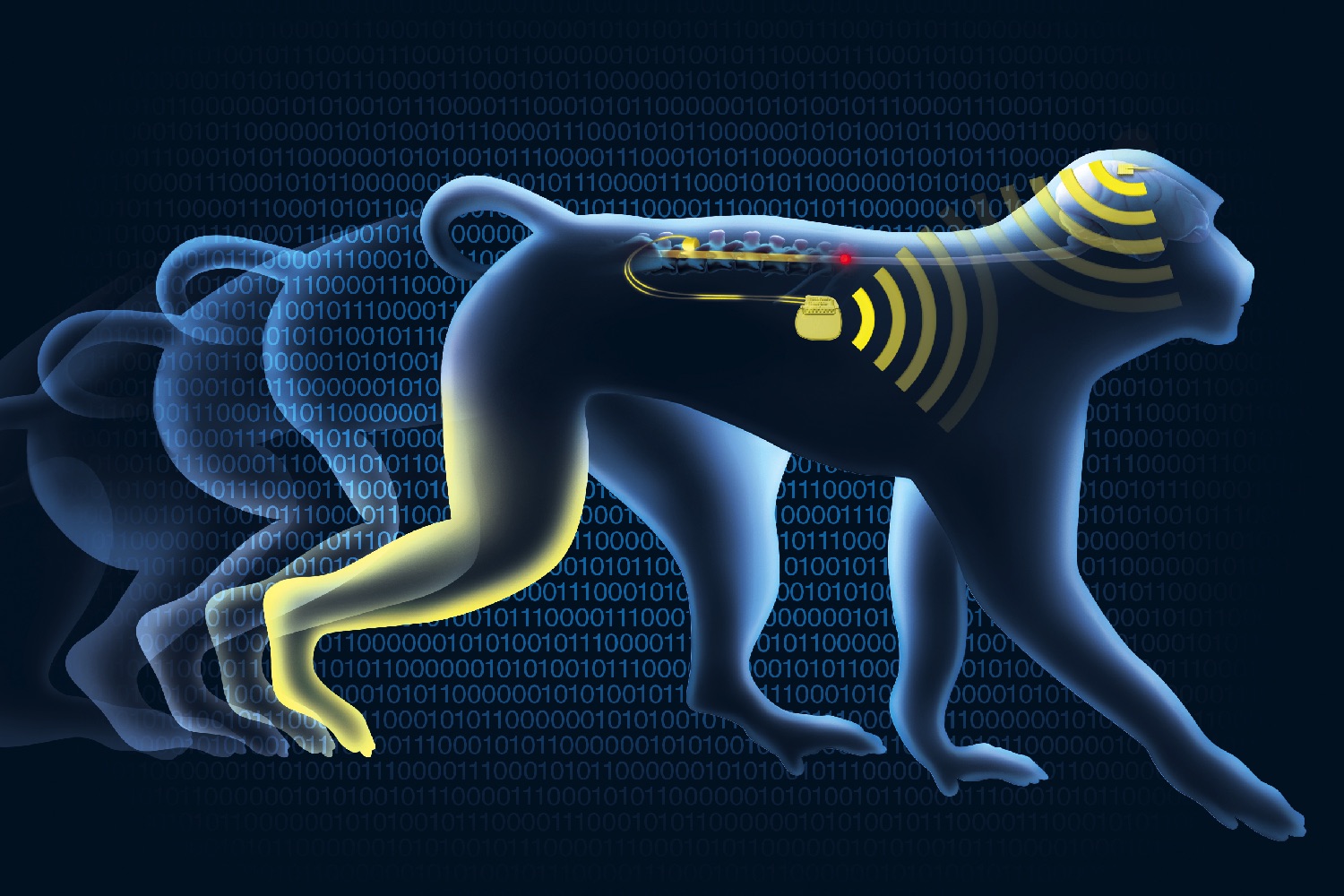The implantable wireless system allowed the primates to regain some use of their legs within one or two weeks of the injury and to move freely — courtesy of a revolutionary “brain-spinal interface.” Described in the journal Nature, this research marks the first time a neural prosthetic has been used to recover walking movement in the legs of a nonhuman primate.
“The goal of the project was to explore a way of reconnecting the brain with the legs after a spinal cord injury,” researcher Capogrosso Marco of the Swiss Federal Institute of Technology (EPFL) told Digital Trends. “The problem, of course, is not the idea itself, but rather how you do it.”
The solution the team came up with involved a tiny electrode array which was implanted in the brain of the rhesus monkeys to record the signals of their motor cortex.
“We worked closely with researchers from Brown University, who devised the wireless device used to extract the brain signal and broadcast them,” Marco said. “We then developed an algorithm to decode that information and, with Medtronic, the biggest biomedical company in the world, developed a wireless stimulator.” This latter technology uses electrodes that stimulate neural pathways and activate leg muscles.
But surely, like so many other exciting medical tech breakthroughs, this technology is still years away from being applied to humans, right? Not so fast! In fact, the various components in the project have already been used effectively in human tests. As Marco said, “This wireless electronic bridge was built with available technology, demonstrating that it is possible to do this today.”
The fact that it has been shown to work in primates also signals that there is a high likelihood of it working with humans since we share plenty with other primates in terms of how locomotion is controlled.
“We are already starting clinical trials with people,” he said. “We have enrolled two people with partial spinal cord injuries, who are already testing the spinal cord stimulation protocol. This is arguably the most important component of the system.”
While results won’t be immediate, Marco said this technology could be available within the next 10-year period.
